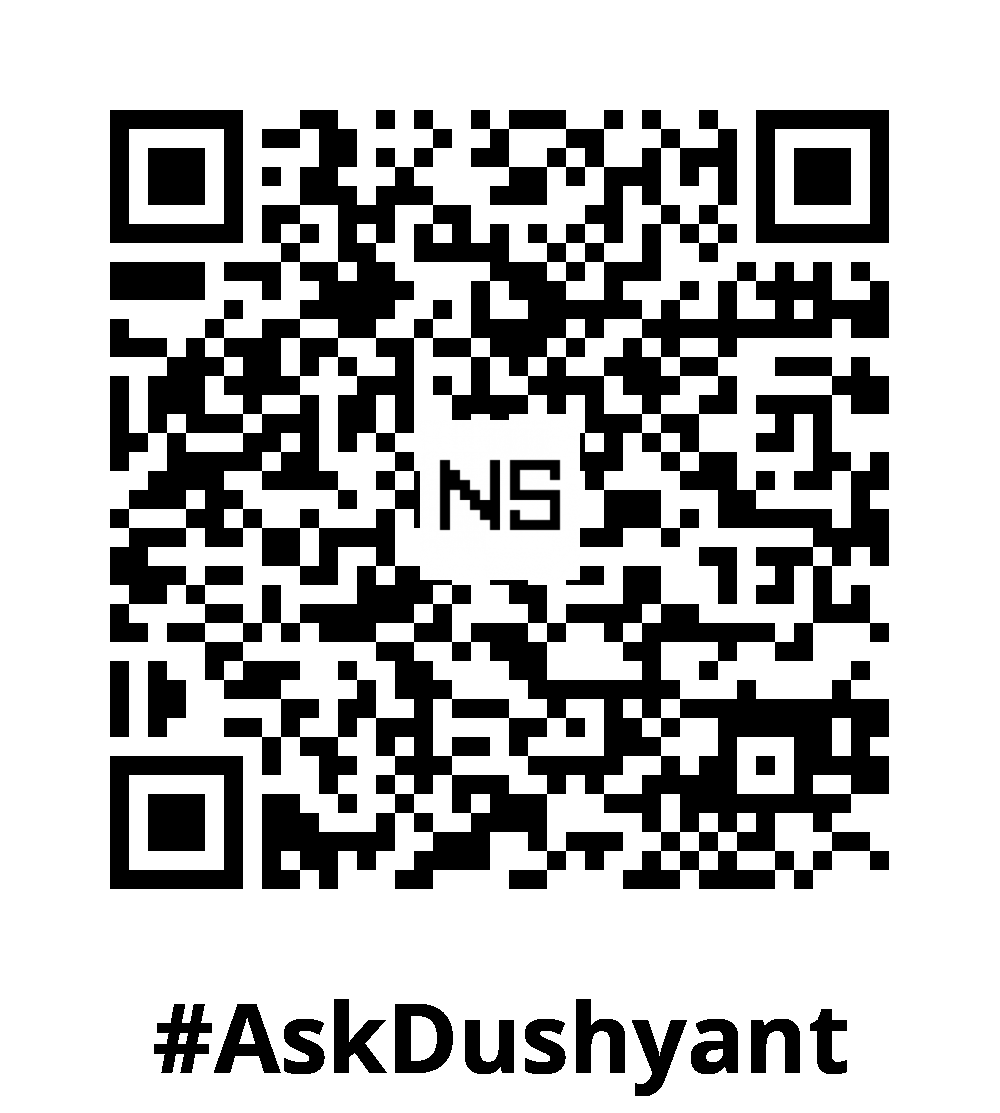Callbacks and webhooks are two important mechanisms for real-time communication between applications. While callbacks are function-based and executed within the same system, webhooks rely on HTTP requests to send data between different applications. Understanding both is crucial for building efficient APIs and automation solutions.
This tech concept will help you understand:
- The concept of callbacks and webhooks
- The difference between callbacks and webhooks
- How to build a callback in PHP
- How to set up a webhook in PHP
For over two decades, I’ve been igniting change and delivering scalable tech solutions that elevate organisations to new heights. My expertise transforms challenges into opportunities, inspiring businesses to thrive in the digital age.
What is a Callback?
A callback is a function that is passed as an argument to another function and executed after a specific task is completed. It is commonly used within the same application to handle events asynchronously.
How Callbacks Work
- A function is passed as a parameter to another function.
- The function executes a specific task.
- After the task is complete, the callback function is executed with the result.
Example of a Callback in PHP
<?php
// A function that accepts a callback
function processData($data, callable $callback) {
// Process data (for example, converting it to uppercase)
$processedData = strtoupper($data);
// Call the callback function with the processed data
return $callback($processedData);
}
// Define a callback function
function displayData($message) {
return "Processed Data: " . $message;
}
// Call processData with a callback function
$result = processData("hello world", "displayData");
echo $result; // Output: Processed Data: HELLO WORLD
echo "\n";
// Using an anonymous function as a callback
$result2 = processData("php callback", function($msg) {
return "Callback Output: " . $msg;
});
echo $result2; // Output: Callback Output: PHP CALLBACK
?>What is a Webhook?
A webhook is an HTTP-based callback function that allows applications to send real-time data to other applications when an event occurs. It acts as a listener, waiting for incoming HTTP requests from external services.
How Webhooks Work
- A service or API registers a webhook URL.
- When an event happens (e.g., a new order is placed, a user signs up), the service sends an HTTP POST request to the registered webhook URL.
- The receiving application processes the data and takes action accordingly.
Common Use Cases of Webhooks
- Payment Processors: PayPal and Stripe send webhook notifications for successful transactions.
- CI/CD Pipelines: GitHub webhooks notify Jenkins when new code is pushed.
- Chatbots: Telegram and Slack use webhooks for real-time message updates.
- Monitoring & Alerts: Webhooks trigger notifications for server downtimes or application errors.
Callback vs. Webhook: What’s the Difference?
While both callbacks and webhooks facilitate communication between systems, they have key differences:
| Feature | Callback | Webhook |
|---|---|---|
| Initiation | Client-initiated | Server-initiated |
| Communication Method | Direct function call | HTTP request |
| Real-time Updates | Only when requested | Event-driven, automatic |
| Use Case | Used within the same system or API | Used between different applications |
| Example | Fetching user profile data from an API | Receiving payment success notifications |
Webhooks provide a push-based mechanism, making them more efficient for real-time event handling, whereas callbacks are typically pull-based and require direct invocation.
Setting Up a Webhook in PHP
PHP makes it easy to build webhooks using simple scripts that listen for incoming HTTP requests.
1. Creating a Webhook Listener in PHP
This script will receive webhook requests and process the data.
<?php
// webhook.php
header("Content-Type: application/json");
// Get the JSON payload from the request
$data = json_decode(file_get_contents("php://input"), true);
if ($data) {
// Process the webhook data
file_put_contents("webhook_log.txt", json_encode($data) . "\n", FILE_APPEND);
echo json_encode(["message" => "Webhook received successfully!"]);
} else {
http_response_code(400);
echo json_encode(["error" => "Invalid request"]);
}
?>
2. Sending a Webhook Request in PHP
This script simulates sending a webhook request to another system.
<?php
// webhook_sender.php
$webhook_url = "http://yourserver.com/webhook.php";
$data = ["event" => "user_signup", "user" => "john_doe"];
$options = [
"http" => [
"header" => "Content-Type: application/json",
"method" => "POST",
"content" => json_encode($data)
]
];
$context = stream_context_create($options);
$result = file_get_contents($webhook_url, false, $context);
echo "Webhook Response: " . $result;
?>
My Tech Advice: Callbacks and webhooks are both crucial in software development. While often used interchangeably, they serve distinct purposes and must be understood in their right context. While callbacks are useful for internal function execution, webhooks enable real-time data exchange between different applications. With PHP, you can efficiently implement both to improve automation, integration, and event-driven workflows.
#AskDushyant
Note: The example and pseudo code is for illustration only. You must modify and experiment with the concept to meet your specific needs.
#TechConcept #TechAdvice #Webhook #Callback #PHP


Leave a Reply